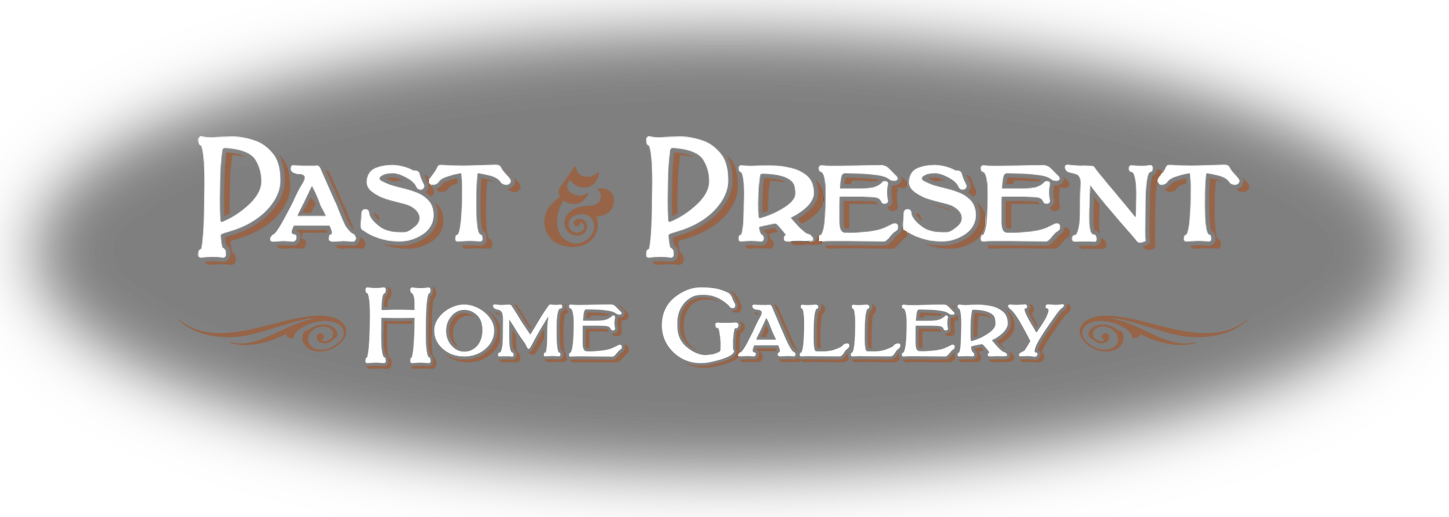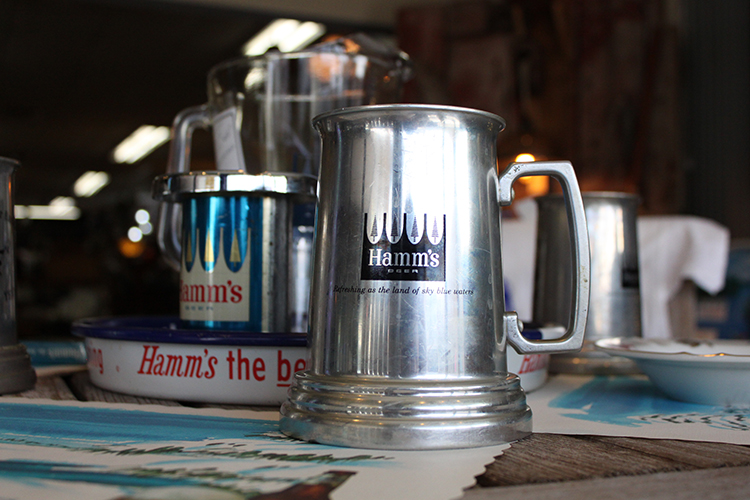As we experience the warmer temperatures and sunshine of what we hope will be the spring season, our attentions turn towards the bright colors of flowers and the smell of fresh soil. In our store, Past and Present Home Gallery, we are excited to see all of the new spring items start to arrive—like our amazing, found-object garden art and cast-aluminum statues. This year something else has caught our attention as well: Fenton art glass.
Fenton art glass has been one of the many staple items in our store and we love hearing the stories from long-time collectors and other customers who appreciate the beauty of art glass. Recently, we stumbled upon a very interesting piece of information about Fenton and the artisans responsible for creating one of their most recognizable pieces: the glass basket.
Handled with Care: Fenton Glass Baskets
It has been said that the Fenton Glass Company is one of the longest running glass manufacturers in the United States. Founded in 1905 in Ohio, the Fenton company began its work by painting glass banks created by other companies and in 1907, Fenton began manufacturing its own glass. In the late 1930’s Fenton’s glassworks surged in new directions as they experimented with exciting designs including the Fenton basket.
Creating a basket entirely from glass proved both to be an artistic and manufacturing challenge. The artisans at Fenton set to work coming up with new pattern and color combinations while also problem solving their way through how the baskets themselves would be put together. Attaching the glass handle to the base of the basket became one of the most difficult procedures Fenton had ever tackled. The artisan had only 30 seconds to manipulate the hot glass material into its handle shape and attach it to the basket. It was difficult, but possible. Fenton collectors loved them and the baskets were a market success. Then, in the 1950’s, Fenton company President, Frank M. Fenton, and Vice-President, Bill Fenton, developed the idea that each artisan should have his own, unique stamp applied to every basket handle he attaches so collectors could better identify which artisan created which piece. If one looks closely at the basket handle where it meets the base, you can see the mark of the artisan responsible for attaching that handle. Using the official Basket Handler Marks section on the Fenton company website, you can then identify the name of the artisan and his employment dates at Fenton.
This basket handle was most likely attached by Robert Oliver, Sr. who worked for Fenton for almost 40 years.
Robert Oliver, Sr. 1957-1995
Yes, we ran around the store and matched as many of the handler marks we could. The process gave us an even greater appreciation for the dedication of these artists and their work. Come in and browse through our collection of Fenton as well as our other beautiful glass pieces including stained glass lamps!
Can't wait to see you at Past and Present Home Gallery, the antique store with character!
















